HISTORY OF MOHALLA CHABUK SAWARAN
ANCESTRAL HOUSE OF M.A. RAHMAN CHUGHTAI
Centuries of historical names and incidents
Lahore is a strange city. It has everything historical attached to it. Take the Mohalla Chabuk Sawaran inside the city. Maulvi Ahmad Baksh Yaqdil (18th-19th century), explains the area as:
“Diwar khana Faqeer Khana waqia Darul Sultanat Lahore; Mohalla Qazi Saderuddin Marhoom; Havelli Adina Beg Khan; Guzar Chabuk Sawaran, Kakey Zai; Mutasil Kocha Allama Hazrat Muhammd Sharyar Maskoor Lahori; Mutasil Masjid Chinay Wali, mubia Bahadur Shah Alamgeer Badashah; Feil Khana Shahnawaz Khan; Takia Sadoan; Katra Haji Amanullah; Chotta Mufti Baqir, etc.”
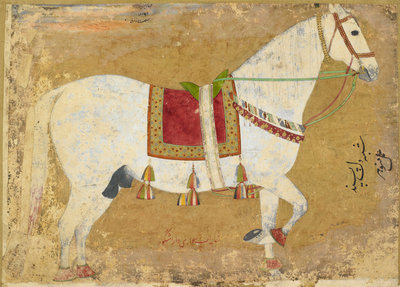
What exactly is KOCHA CHABUK SAWARAN? The dictionary defines Kocha as a Galli, guzargah, or piece of land as “Bara” or exhibition centre. We know that the word Chabuk Sawaran is obviously HORSE RIDERS and what had the horse riders in common with this Bara of land. We know there was a market place for horses outside Taxalli Darwaza Lahore, as well a market of horses outside Delhi Darwaza,. But this is inside the city itself. It means an exhibition ground or a stable, enclosure of horses. And with the Mohalla are the few house attached to its exhibition place of horses there. They must be even giving performances of some kind.But the other names are all historical.
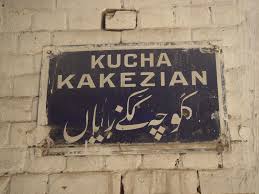
Qazi Saderuddin was the Qazi at the time of Emperor Akbar, who rebelled against the religious policies of the Emperor. He was very popular with the people and could not be handled in a drastic way. So Emperor Akbar had him expelled from the city forever. A rebsel scholar in all cases.
Allama Shahryar was Imam of the Wazeer Khan Mosque, and he too rebelled against Ahmad Shah Abdalli, and openly insulted the King for his actions. Abdalli said his prayers behind him and could say nothing to him.
Adina Baig Khan was of course for some time Governor of Lahore and part of the conspiracy in the Abdalli and the Mughal period of Lahore. A very interesting figure who got married in Lahore to a Syedzadi of this Mohalla and later divorced her for fear of marriage to a Syed family.
There are a few Shahnawaz Khans in the Mughal period. Mufti Baqir was of course a Mufti of Lahore in the times of Emperor Shah Jahan and there is a Chotta Mufti Baqir still named after him in Lahore. Haji Amanullah may be many persons.
Masjid Chinay wali is the famous mosque in the Mohalla, now totally destroyed and rebuilt. But very strangely Yaqdil associates it to Bahadur Shah, Shah Alam, son of Aurangzeb Alamgeer. Sadoos were famous for residence in the city area and were responsible for publication houses, publishing old manuscripts in book forms.
In Mughal time the FEIL KHANA means there was a stable for elephants in this very area. Elephants traversing the Mohalla would be a unique sight under any circumstances.
Yaqdil associates Chabuk Sawaran with ethnic Kakay Zais, but there is much more to it. Documents prove the transfer of some horse dealers from Kanpur in India to this Mohalla in 1855 extra.The names of them are known, and some of them were highly educated and could even write in English. These horse dealers had bought portions of Mian Khan Havelli. Afzal Khan had two wives Noor Jan and Mahbub Jan., He died and these two ladies sold the property.
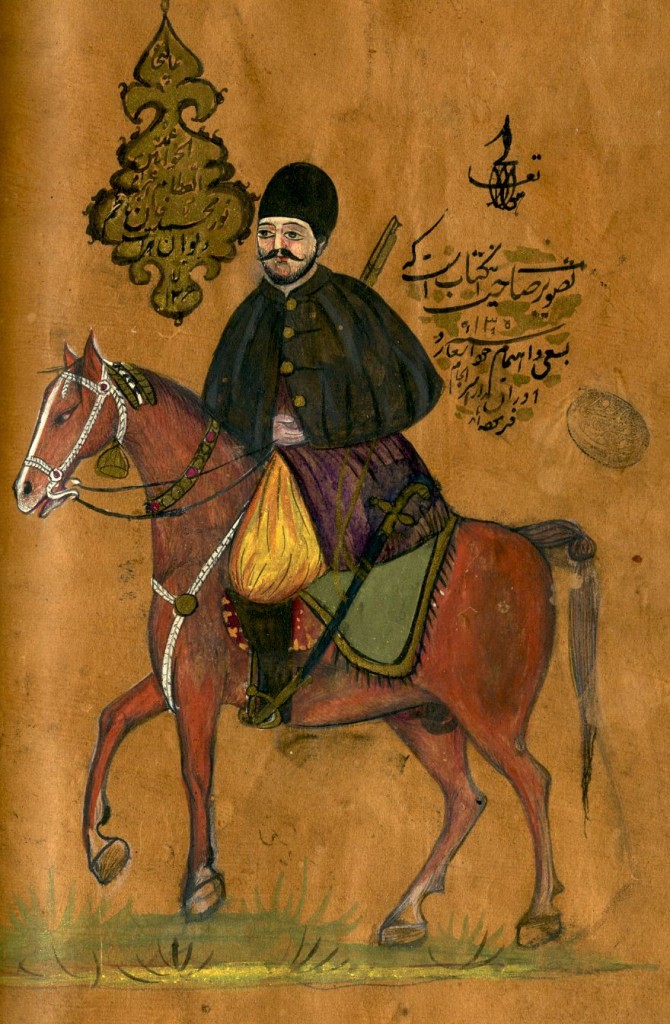
Recently a group of documents have been discovered which shows us more dtails of the horse riders. We have a Bakatarabu Begum along with a registrar Abdur Rahman Khan Afghan settled in the city of Kanpur (now in India) in 1855. Then we have references of Qasim Khan son of Munawar Khan Afghan again in Kanpur in 1870. Then we find them shifting to Havelli of Mian Khan and we hear of Afzal Khan and Wazeer Khan Pathans. We hear of Bobo Begum wife of Afzal Khan as well as two other ladies later, Noor Jan and Mahbub Jan, widows of Afzal Khan. Then we hear of Akbar Khan, son of Afzal Khan, who signs himself as a horse dealer in English. Then the havelli is bought by a certain J Rustam, who signs an affidavit of two pages, handwritten completely in English language. That means the horse dealers were educated people. The final transfer is dated around 1915. That is one family of Chabuk Sawars in the Mohalla, and they had a stable and a ground to show of their horse stock and it was called Kocha Chabuk Sawaran. Thats history in full!
Havelli Mian Khan of course is RANG MAHAL or the havelli of Nawab Lutufullah Khan son of Nawab Saad ullah Khan, Prime Minister of Emperor Shah Jahan.
It boggles the mind as to the kind of historical personages surrounding this area. And to top it all the area belonged to a mimar family of Lahore. We have record of Karam uddin Mimar buying this house, and succesive generations living here.The last of this was Khan Bahadur Abdur Rahman Chughtai, Mussawar e Mashriq, Artist of the East. who again put this Mohalla on the historical map of Lahore.
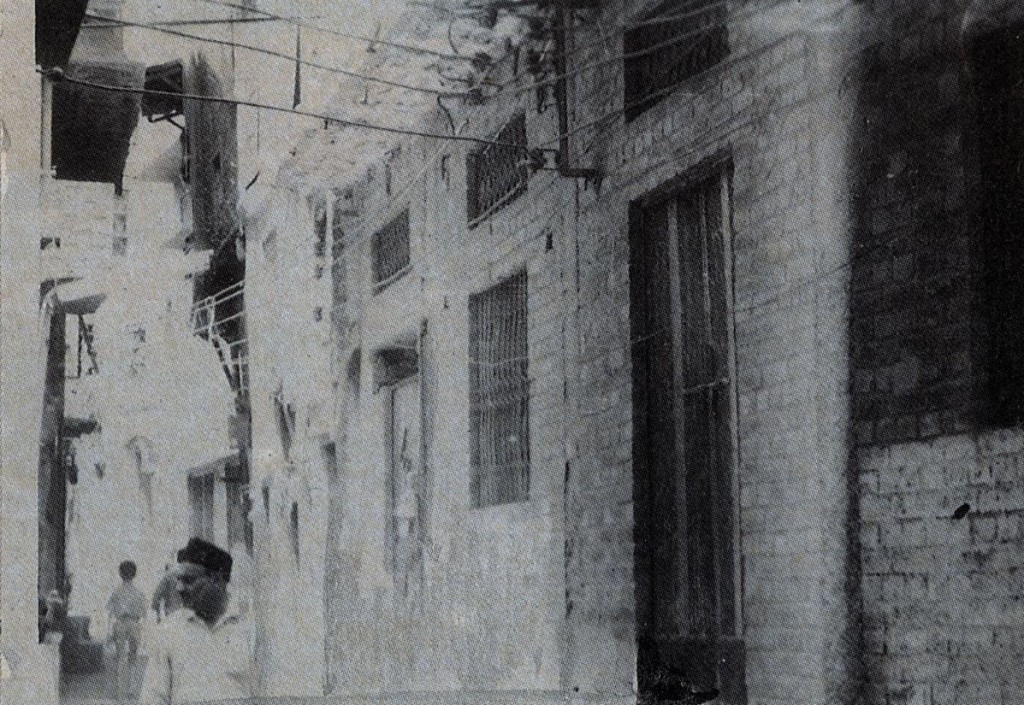
POST SCREIPT
Abdullah Malik’s reference about Kocha Chabuk Sawaran:
The most fascinating part of Abdulla Malik’s autobiography, which holds little back, are his early memories of the old city of Lahore. He writes, “I was born in the last years of the second decade of the 20th century, on 20 October 1920 in Lahore’s Koocha Chabukswaran, which was located in the heart of the city. Relying on my earliest memories, I can say that all the streets around ours, and in fact our immediate neighbourhood, the area bazars, the mosques, the takiyas, the public baths, were part of Haveli Mian Khan. This Haveli was built in Emperor Shahjahan’s reign by his Prime Minister Nawab Saadullah Khan, but it was completed during the time of Emperor Aurangzeb Alamgir by the Nawab’s son, Mian Khan, governor of Lahore. This grand edifice was spread over an area of several miles and it was divided into three sections: the women’s quarter, the men’s quarter which was called Rang Mahal, and the Qalai Khana, whose walls touched those of Masjid Chinyaanwali.”
Note reference to Qalai Khana.
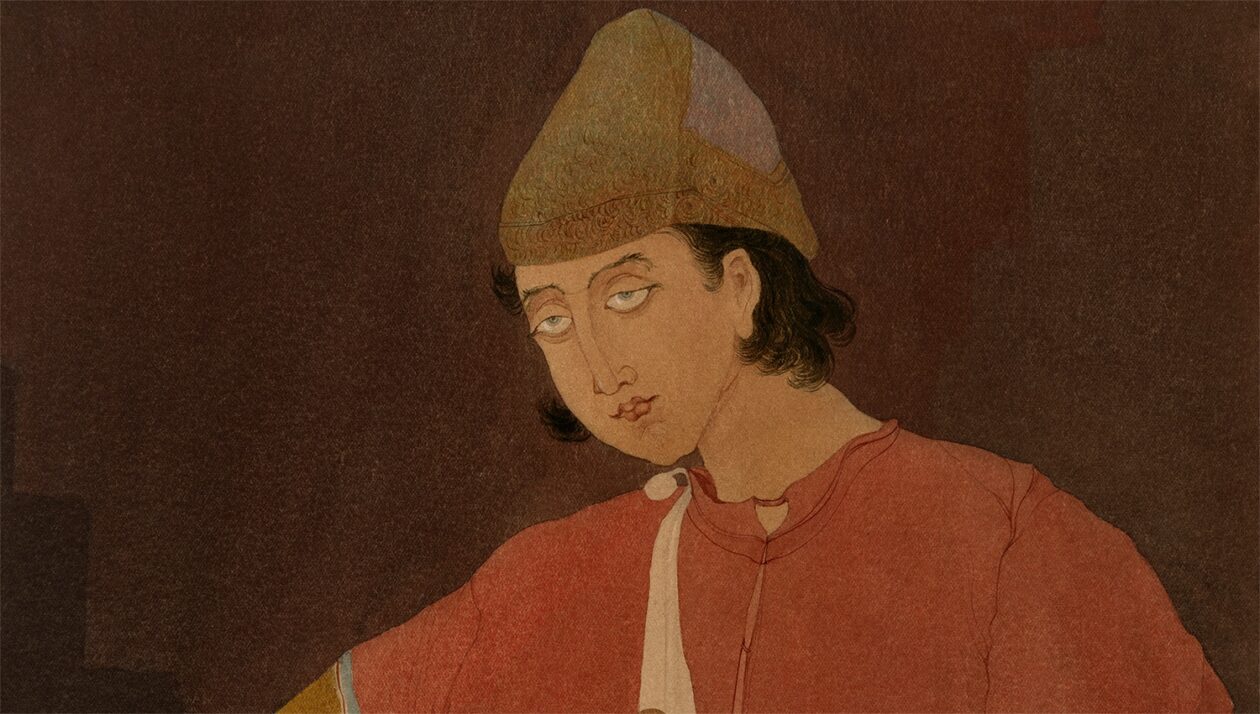
Every Mohalla inside the city is epoch of historical facts
Every street in the walled city of old Lahore is full of fascinating stories. You have done so great to bring about such lovely stories to the attention of the world.
Mohalla Kakey Zaiyan is adjacent to Mohalla Chabuk Sawaran. Some people confuse that all Chabuk Sawars were Kakay Zais which is not correct. Certainly the name itself tells us that these were blue eyed Zais, and blue eyed Zais were there. Majid Sheikh and Abdur Raheem Sheikh are blue eyed but also from their English mother.
Assalamu alaikum wa Rahmatullah wa barkatuhu
We are 12 brothers in india
We are from Rajasthan India
My Nam is mohiuddin khan
S/o Saaleh Mohammad khan
S/o mohammad fateh bakhsh chabuk sawar
S/o Mohammad Noor bakhsh chabuk sawar
S/o rahmat khan ji chabuk sawar /Udaipur raj.
S/o rahman khanji chabuk sawar
S/o raju khanji chabuk sawar
Mor than it we don’t know
But some of old people says our family cam from Afghanistan or Lahore
Pleas if you have any info please tel us
So nice hearing from you. Will see what we can do. We can call you proud Lahoris.
Thanks a lot
Please give me your latest email thanks
You can keep in touch with us at email
chughtaimuseumlahore@hotmail.com
Thanks a lot
Aapka bohot bohot shukr guzaar hu ke Aap ne response diya